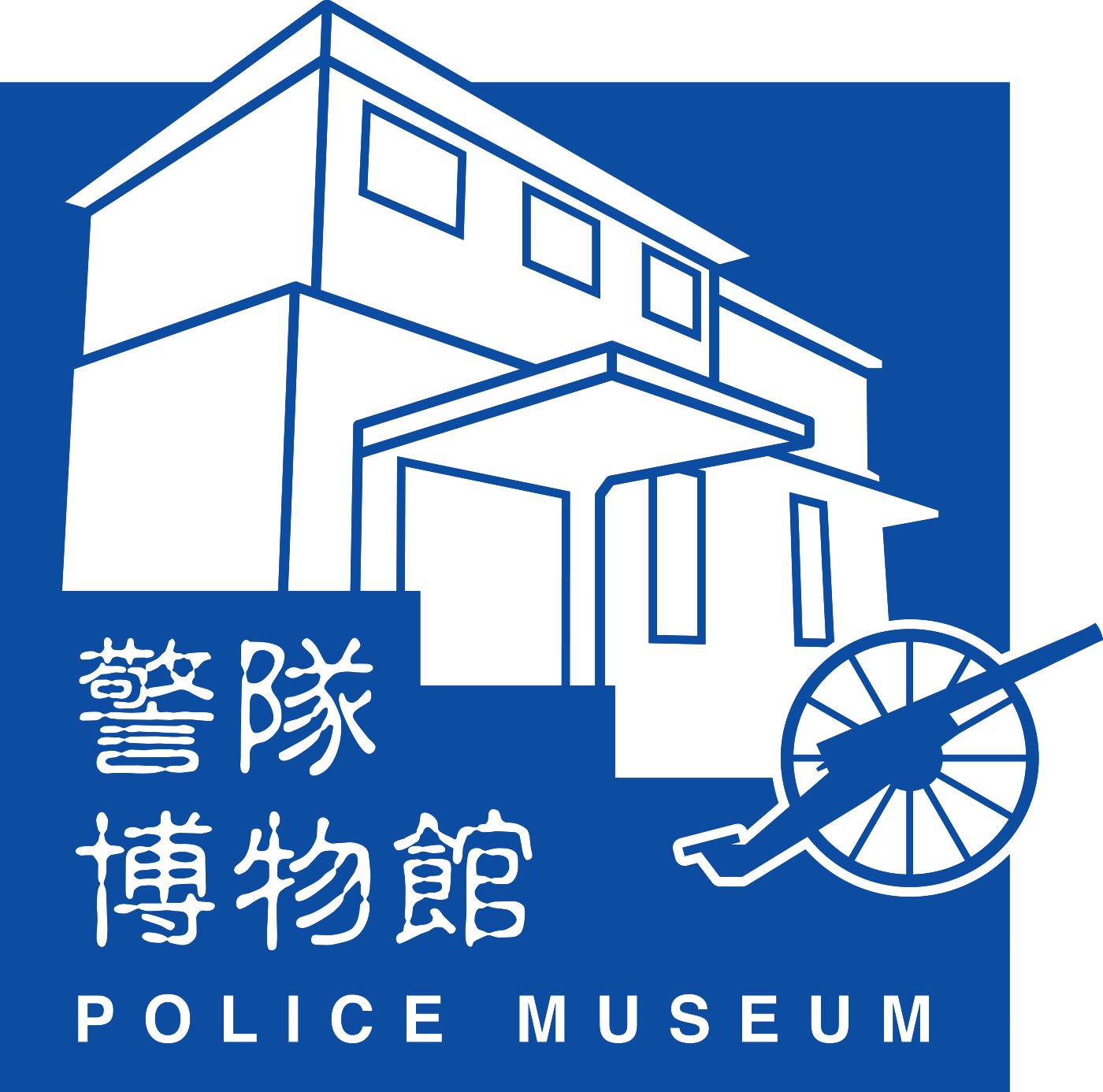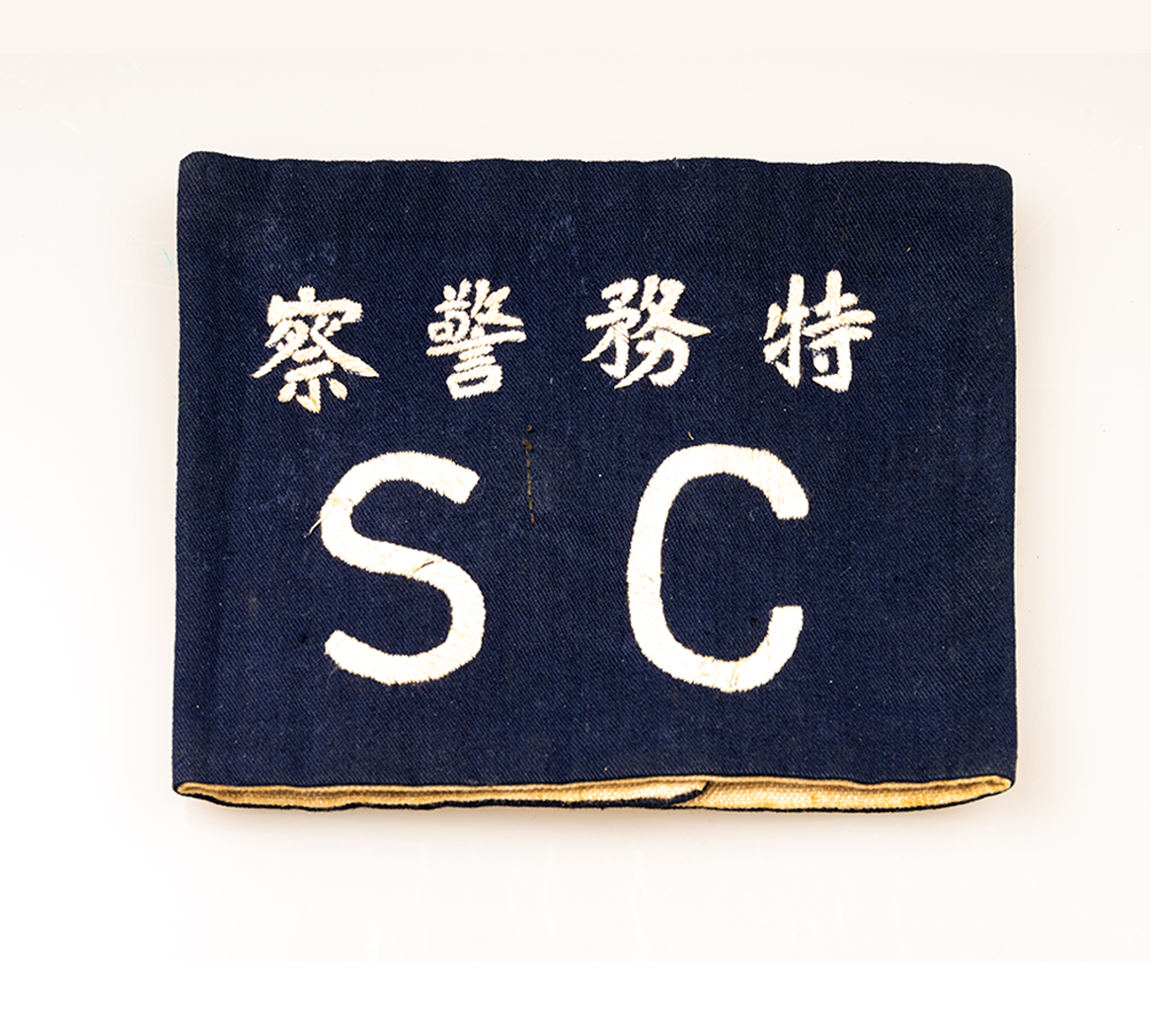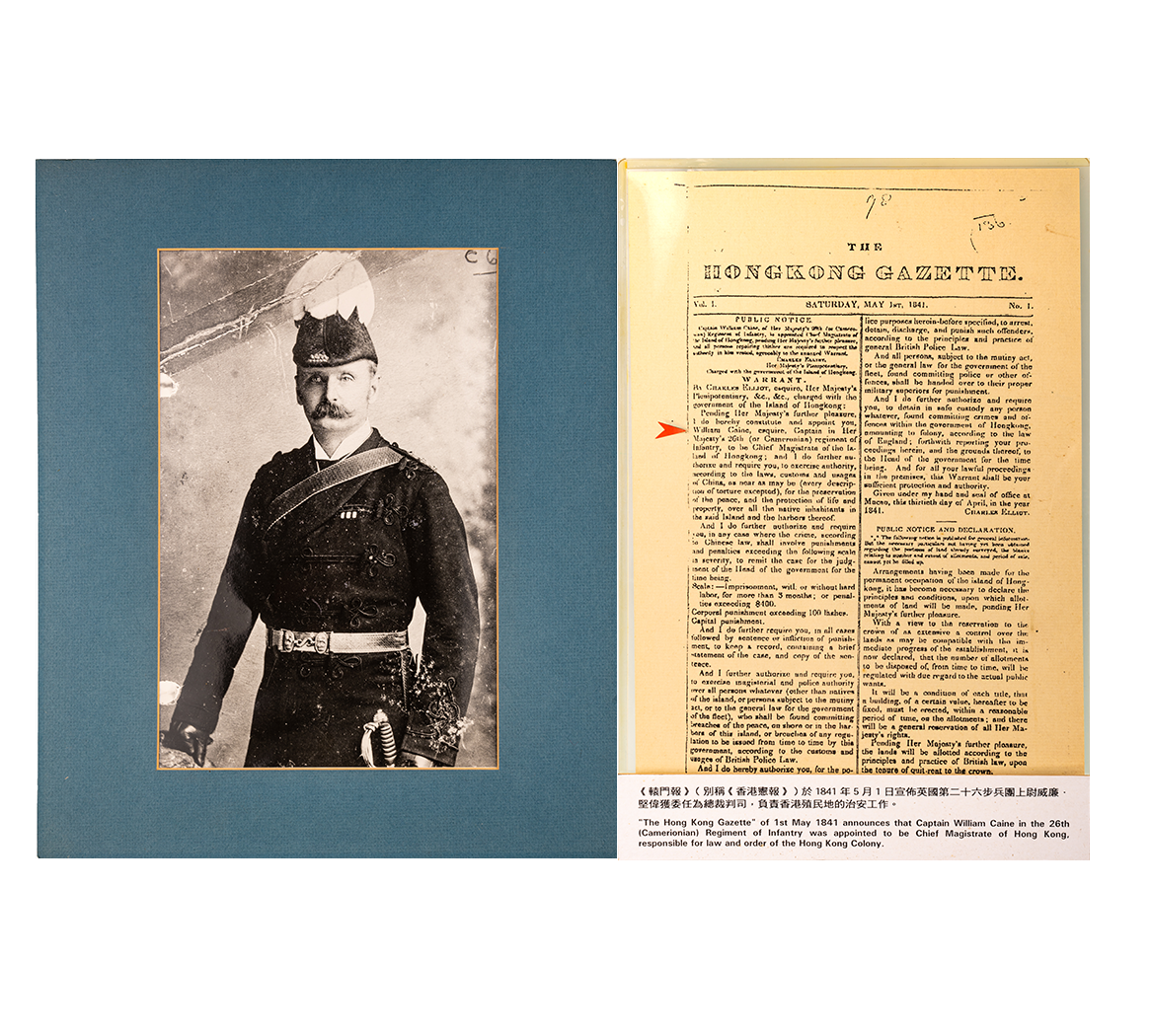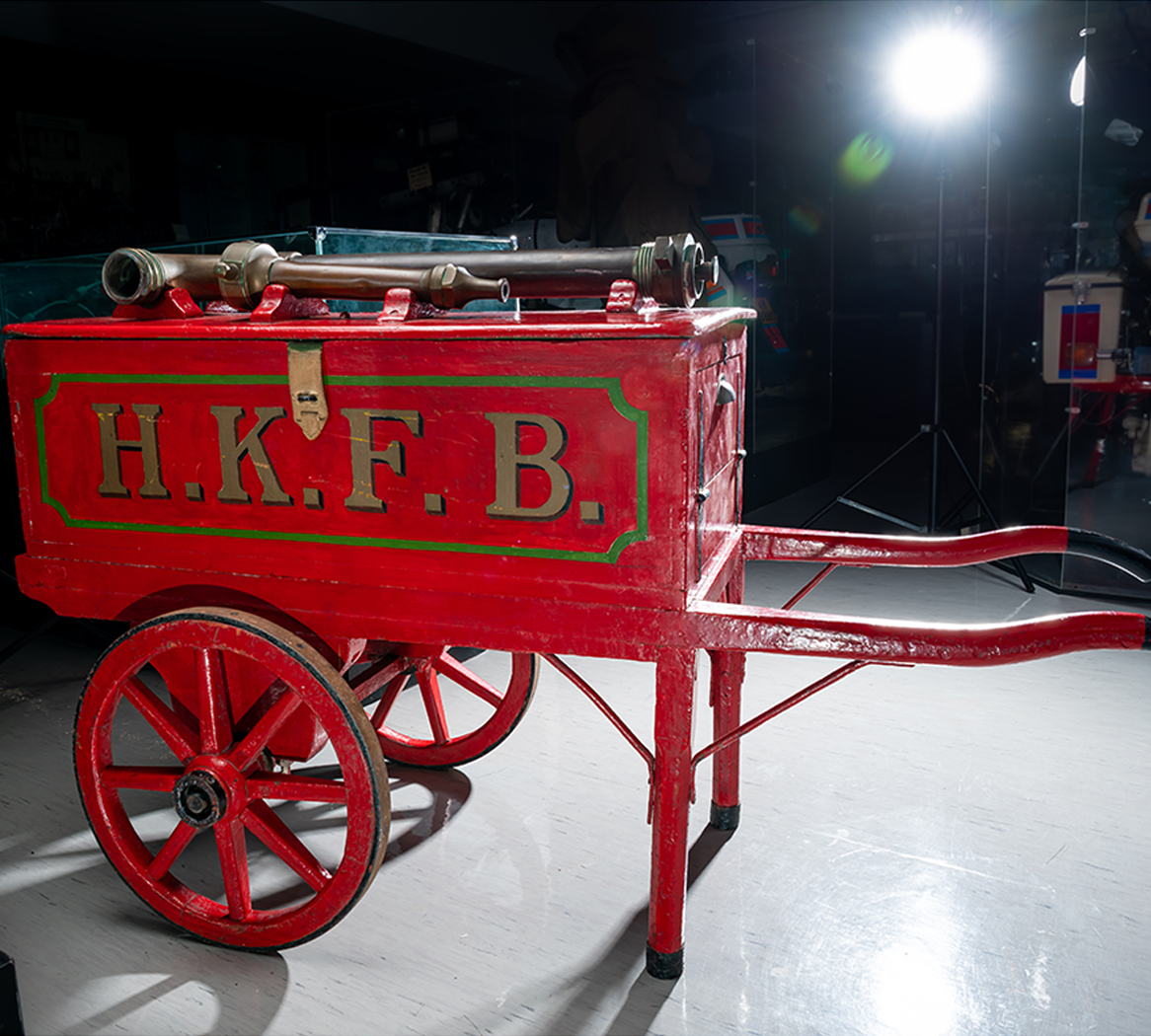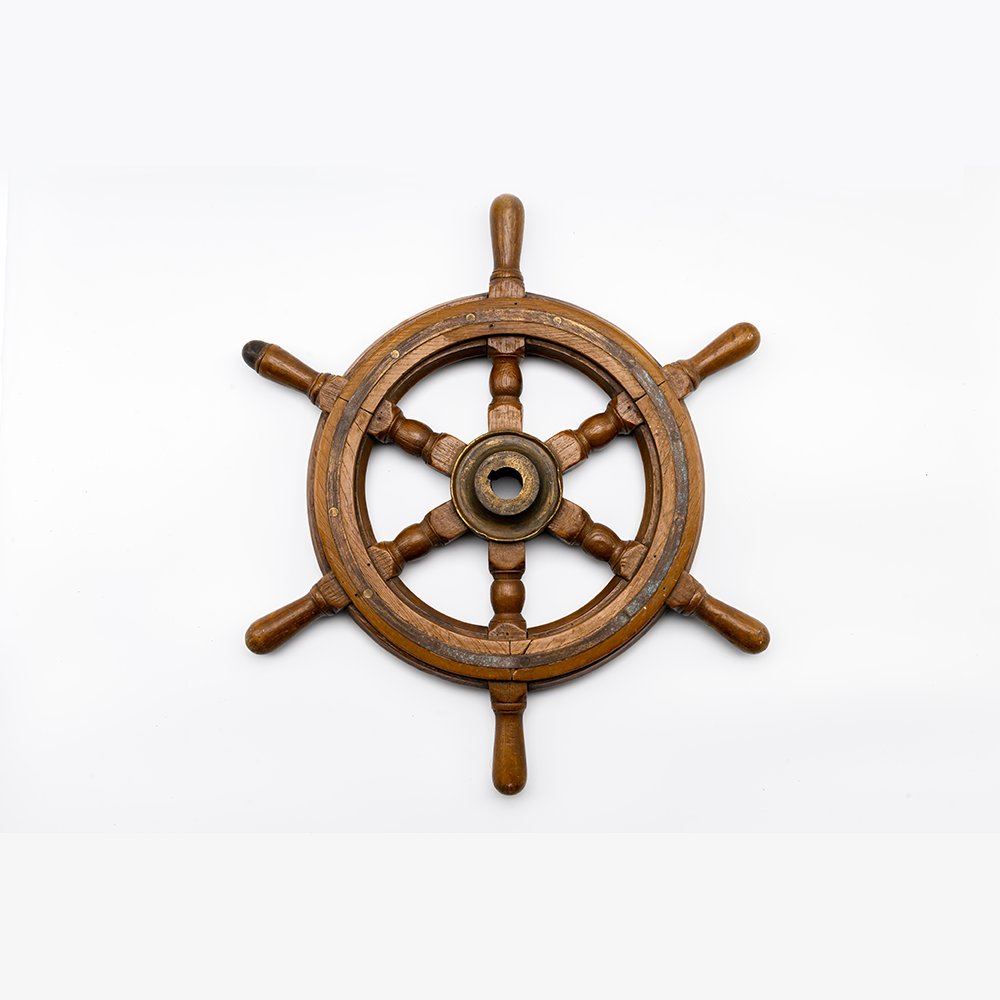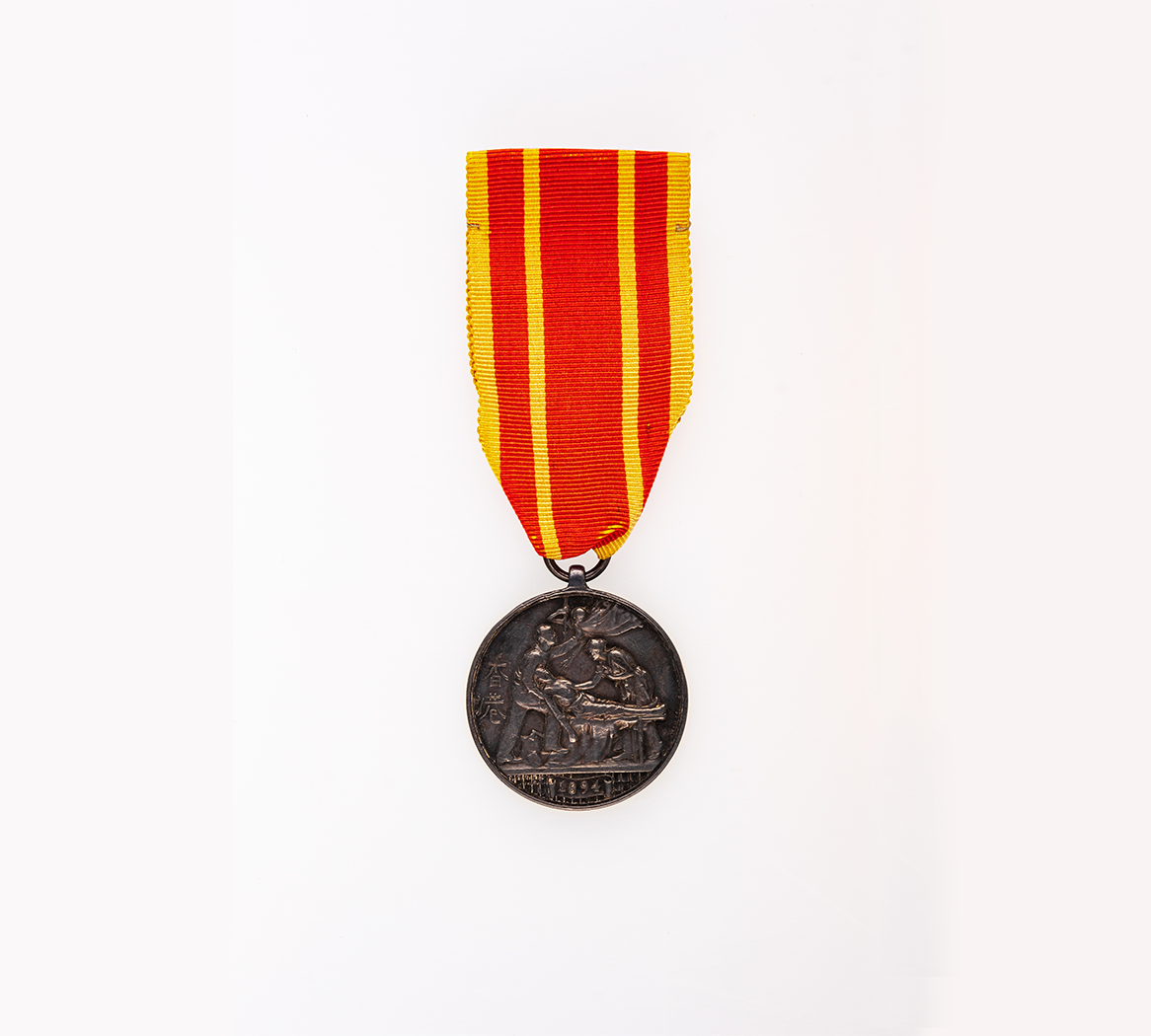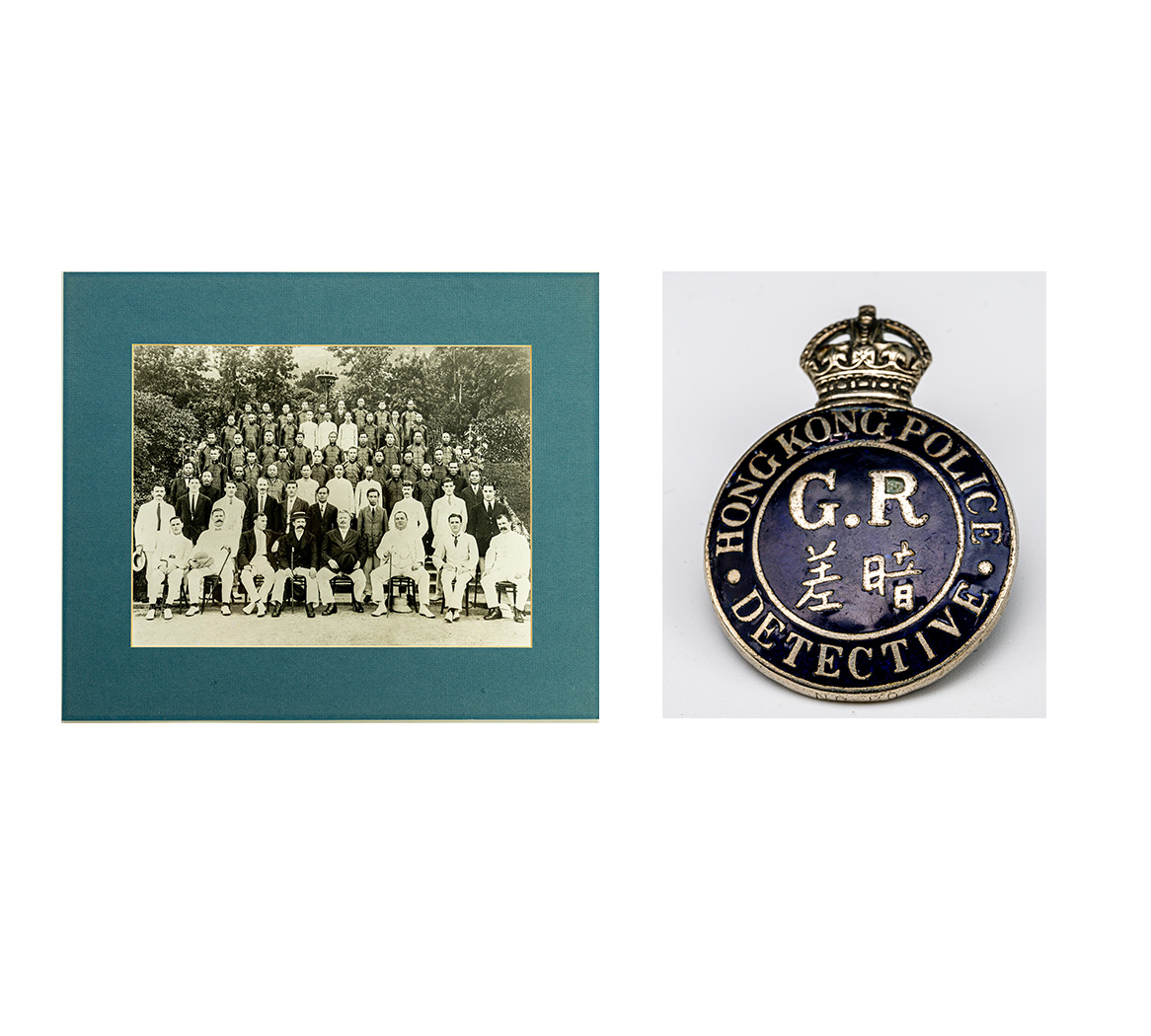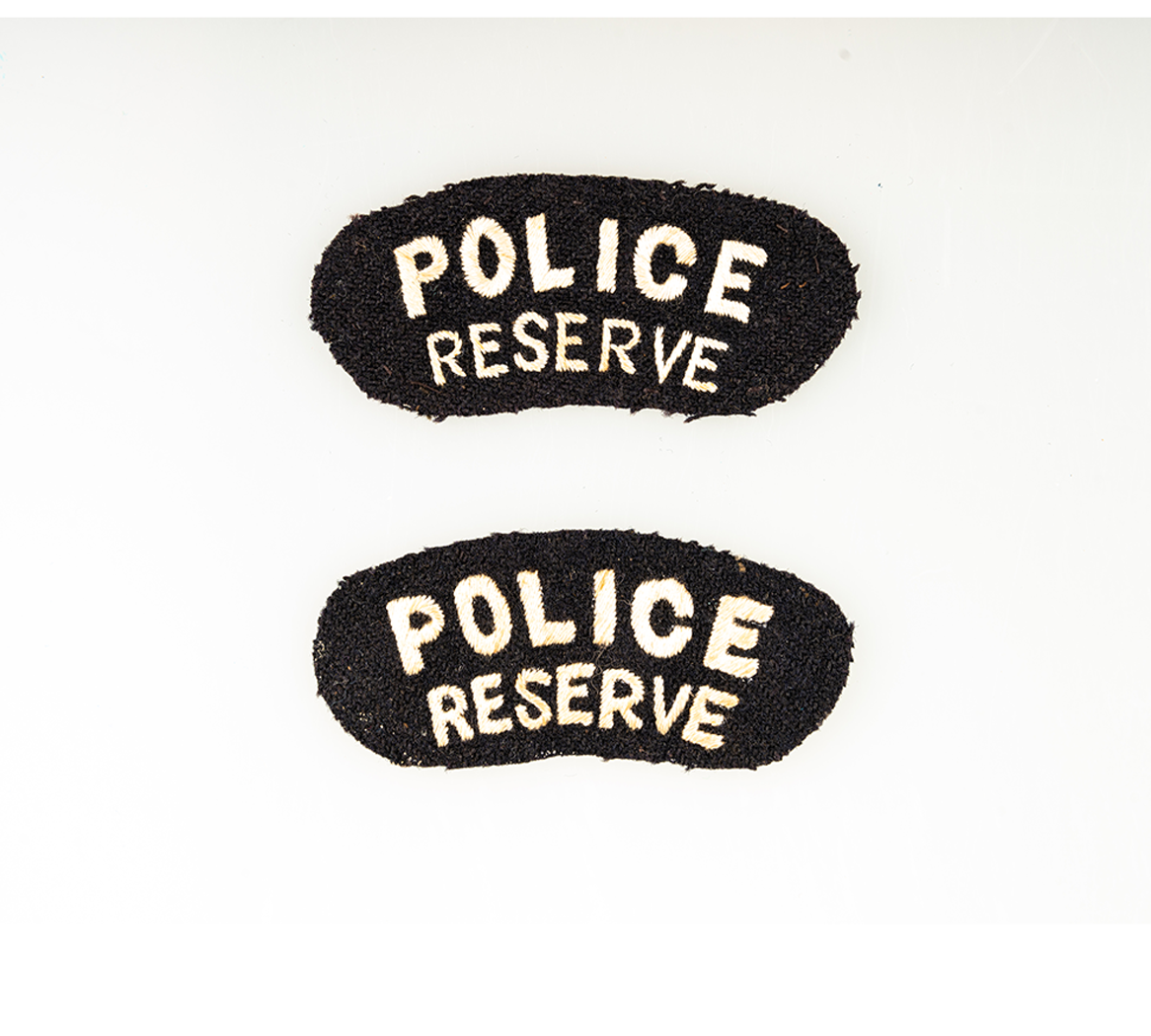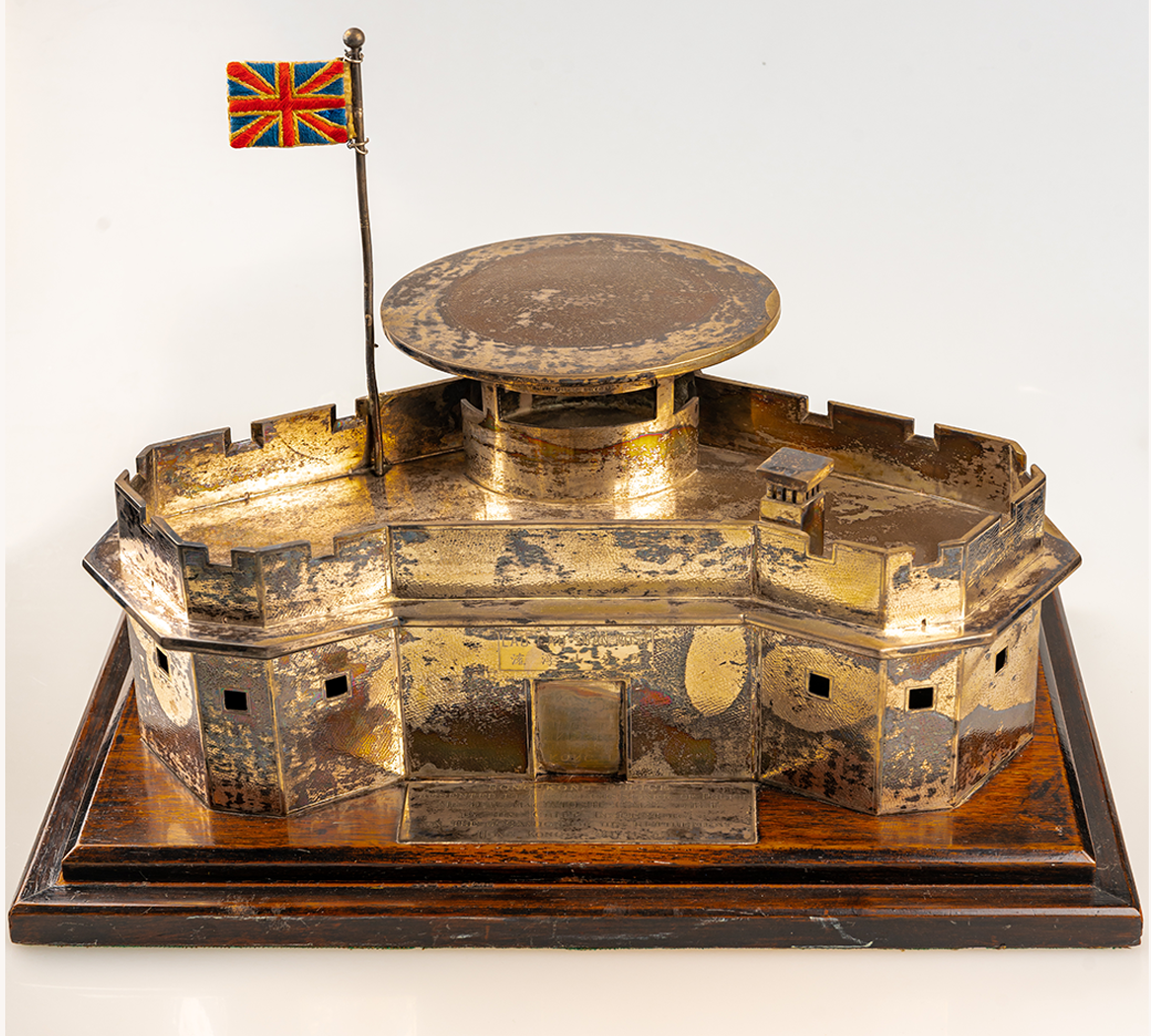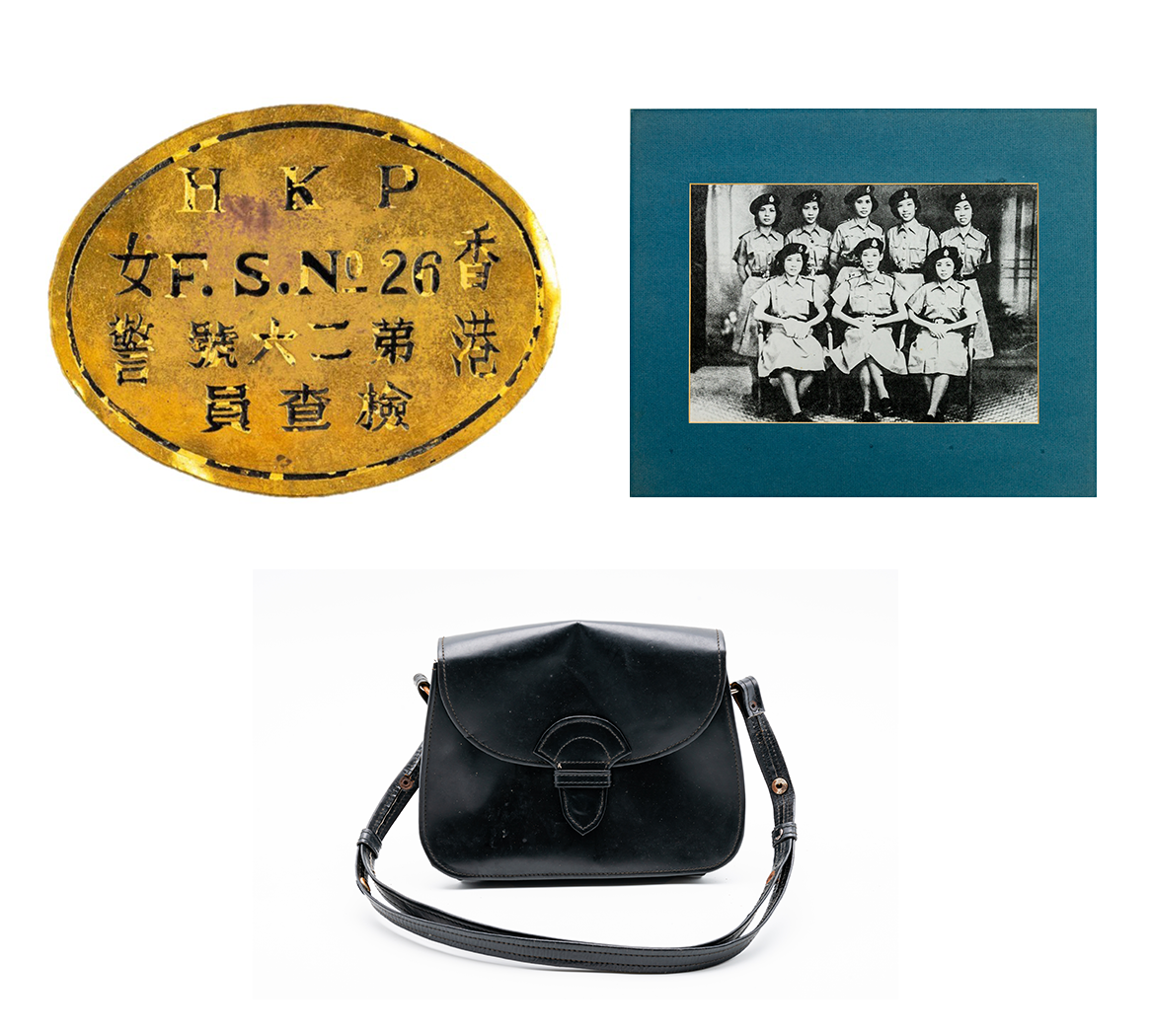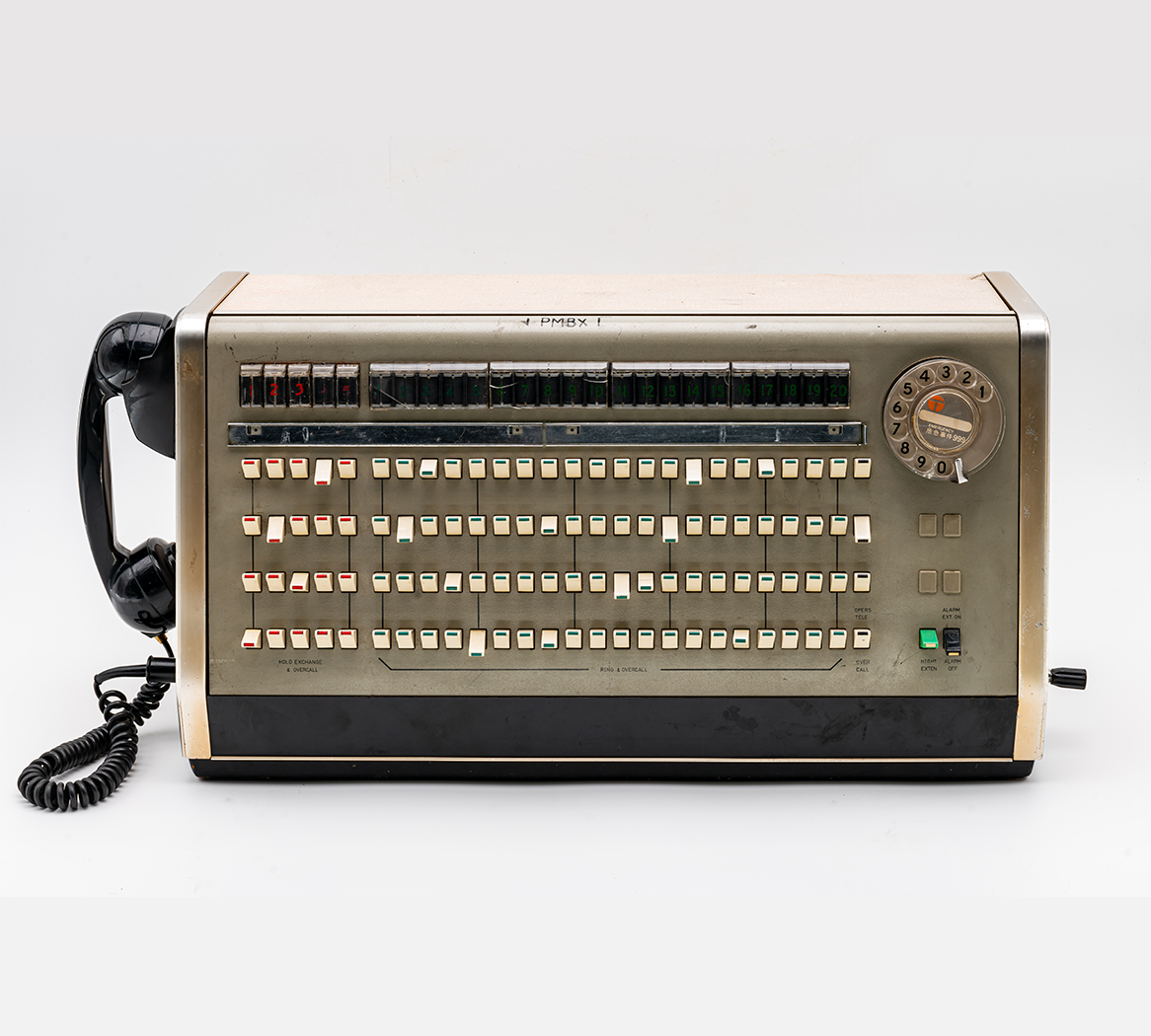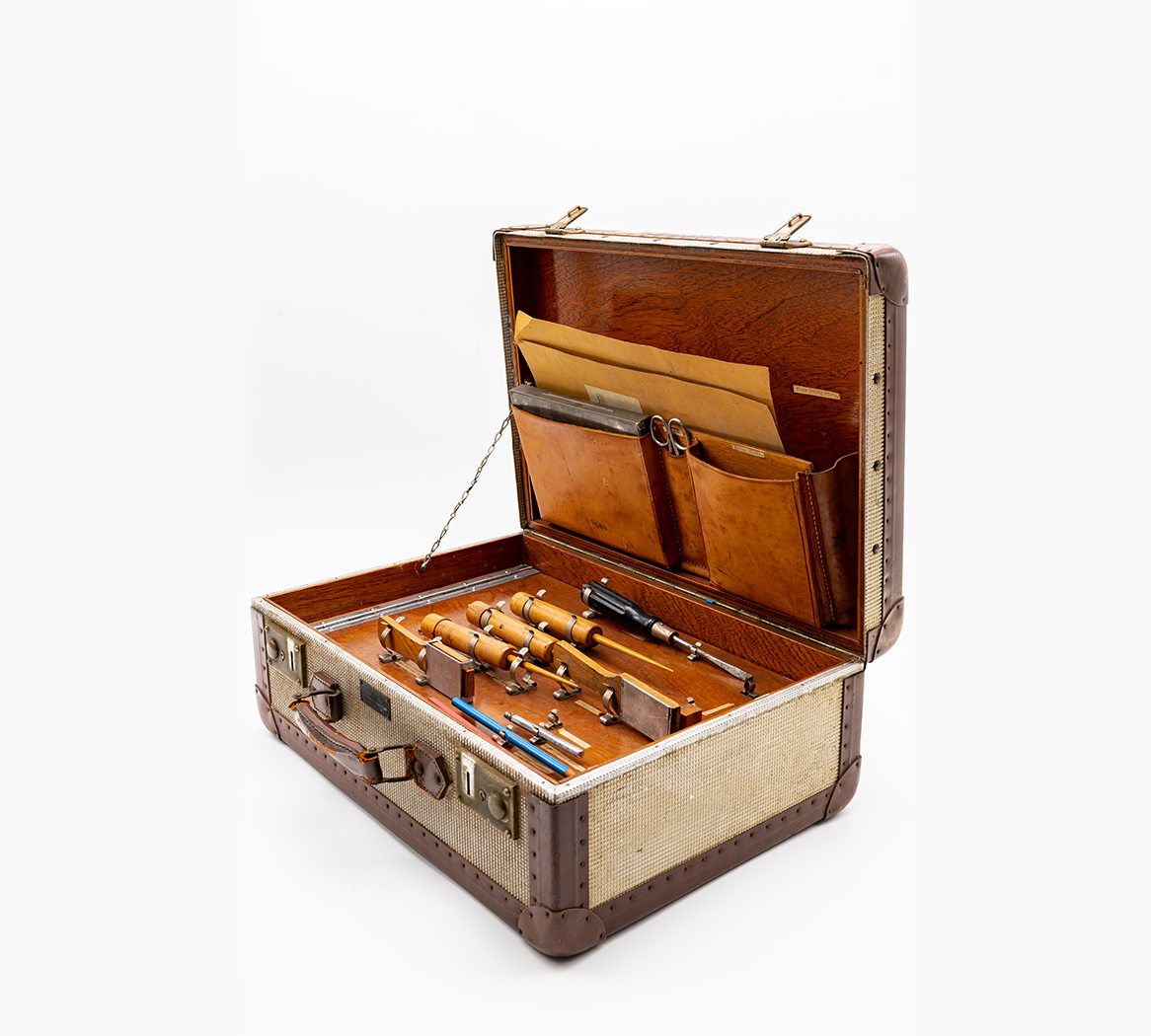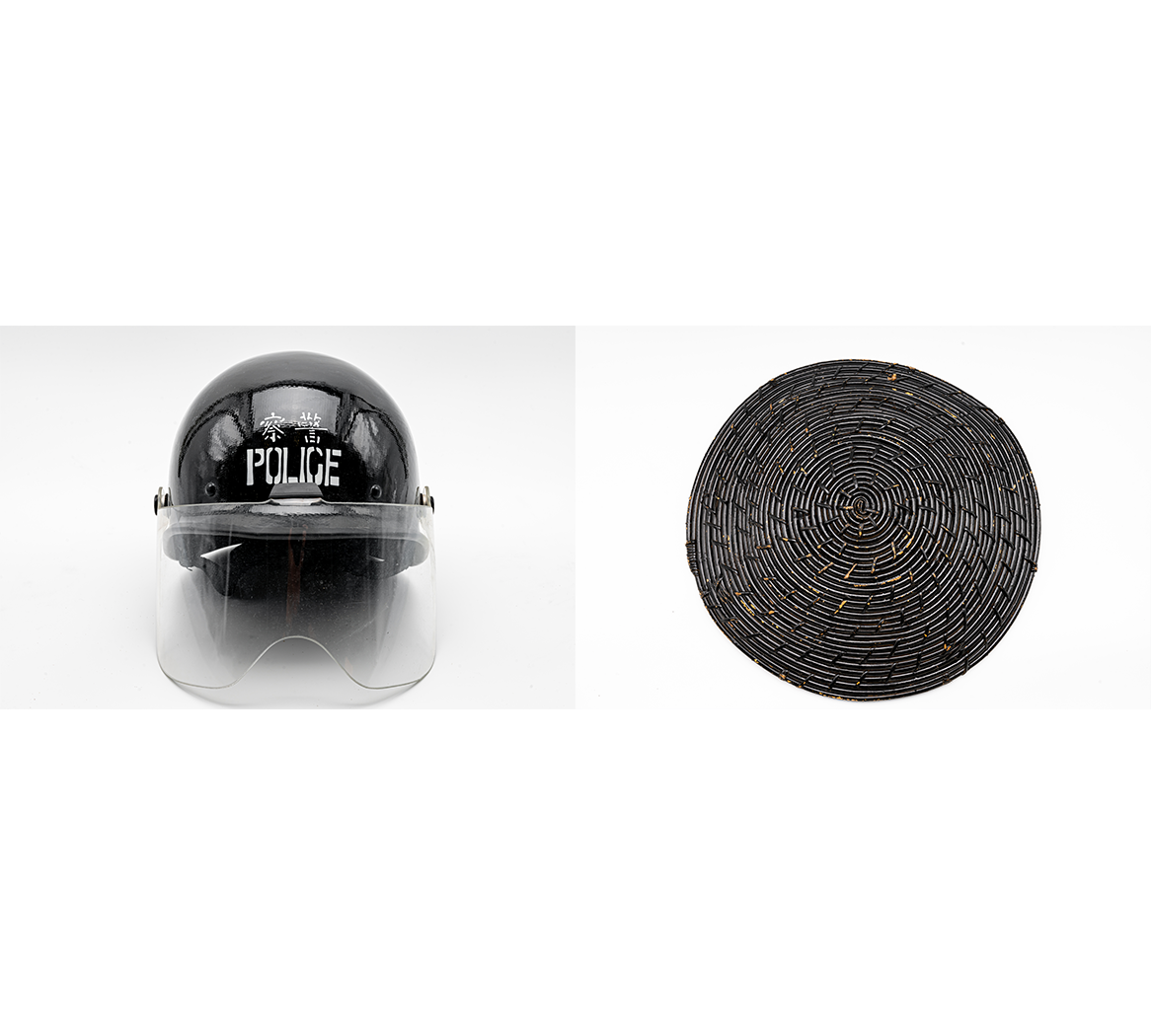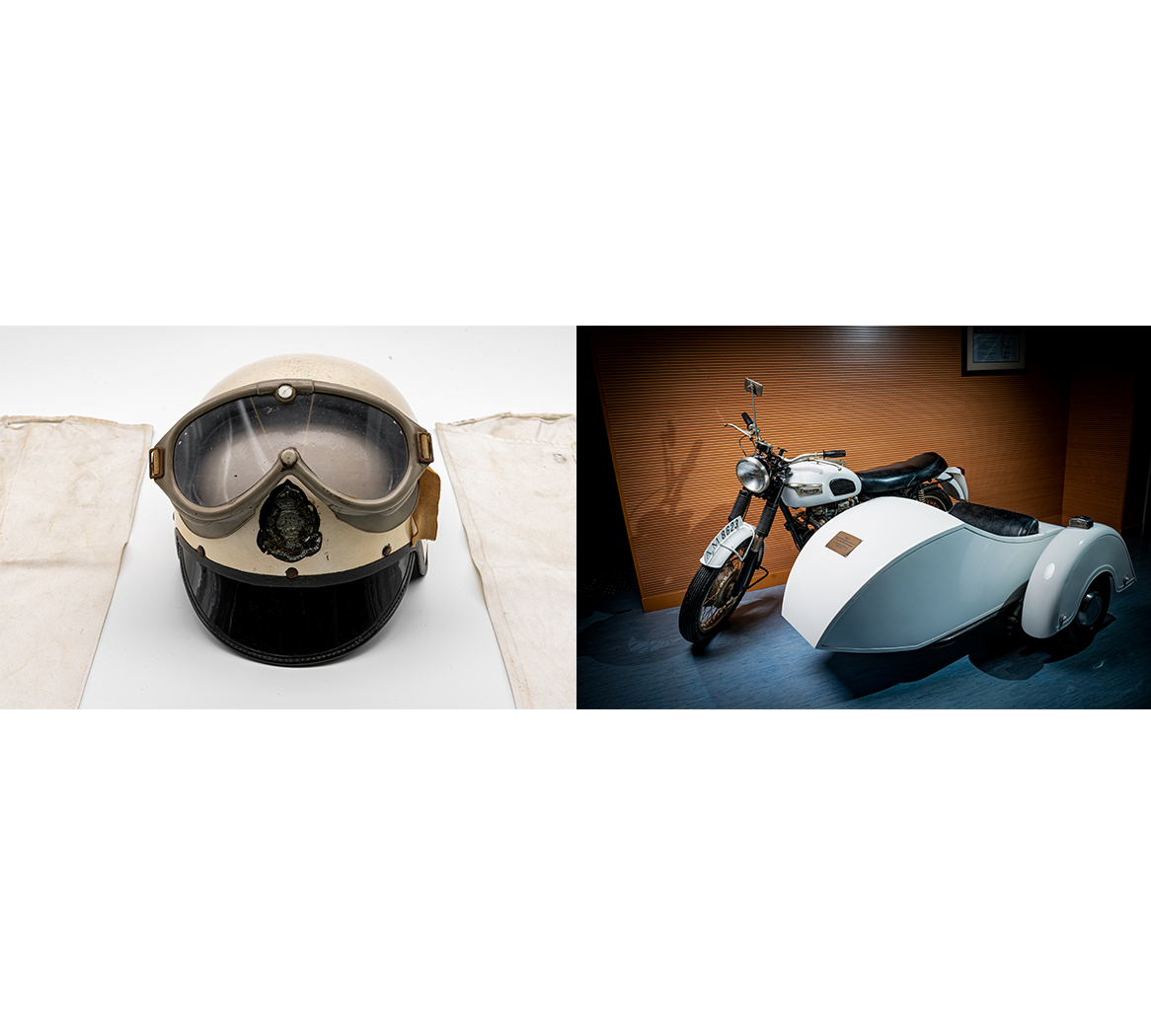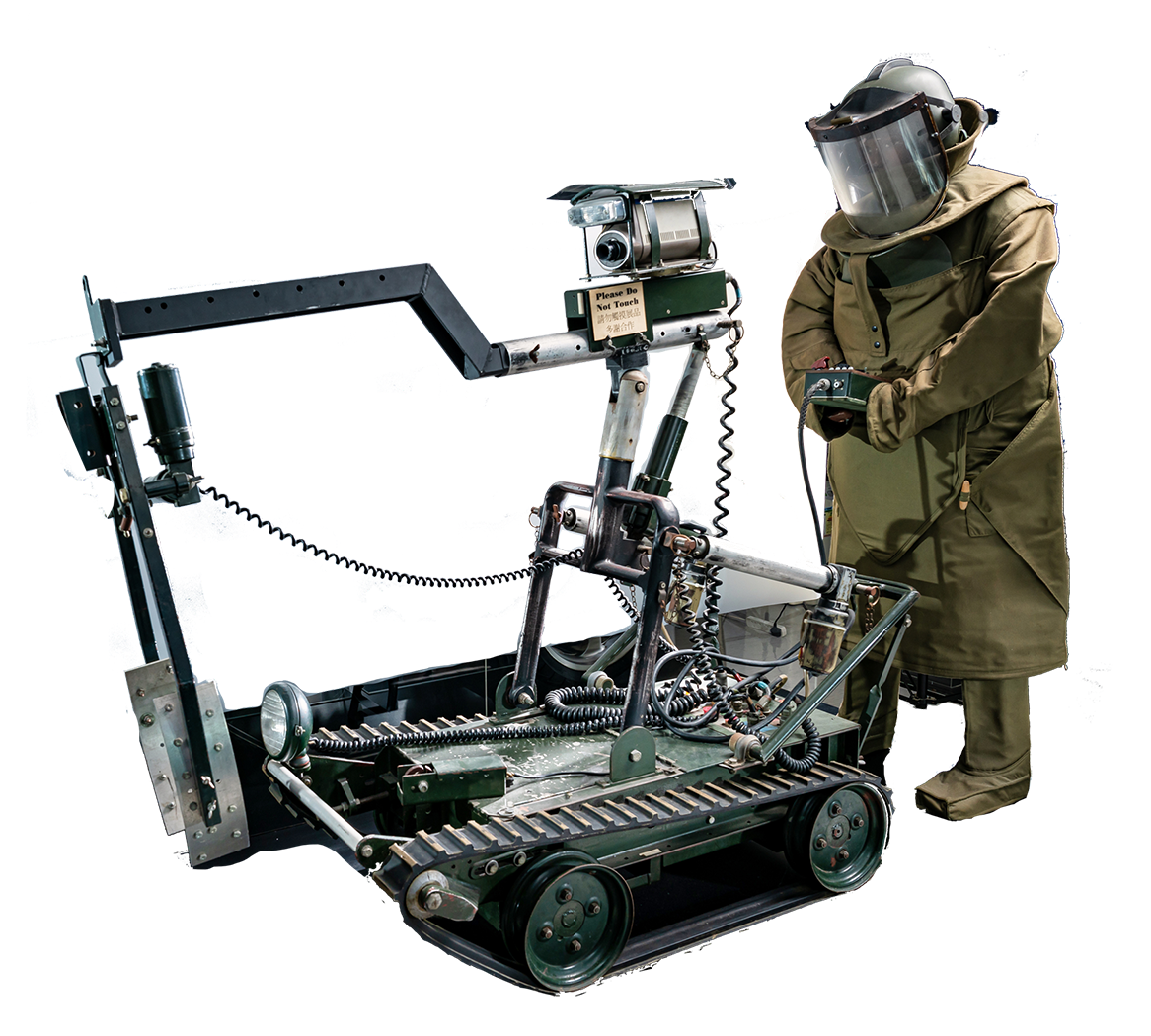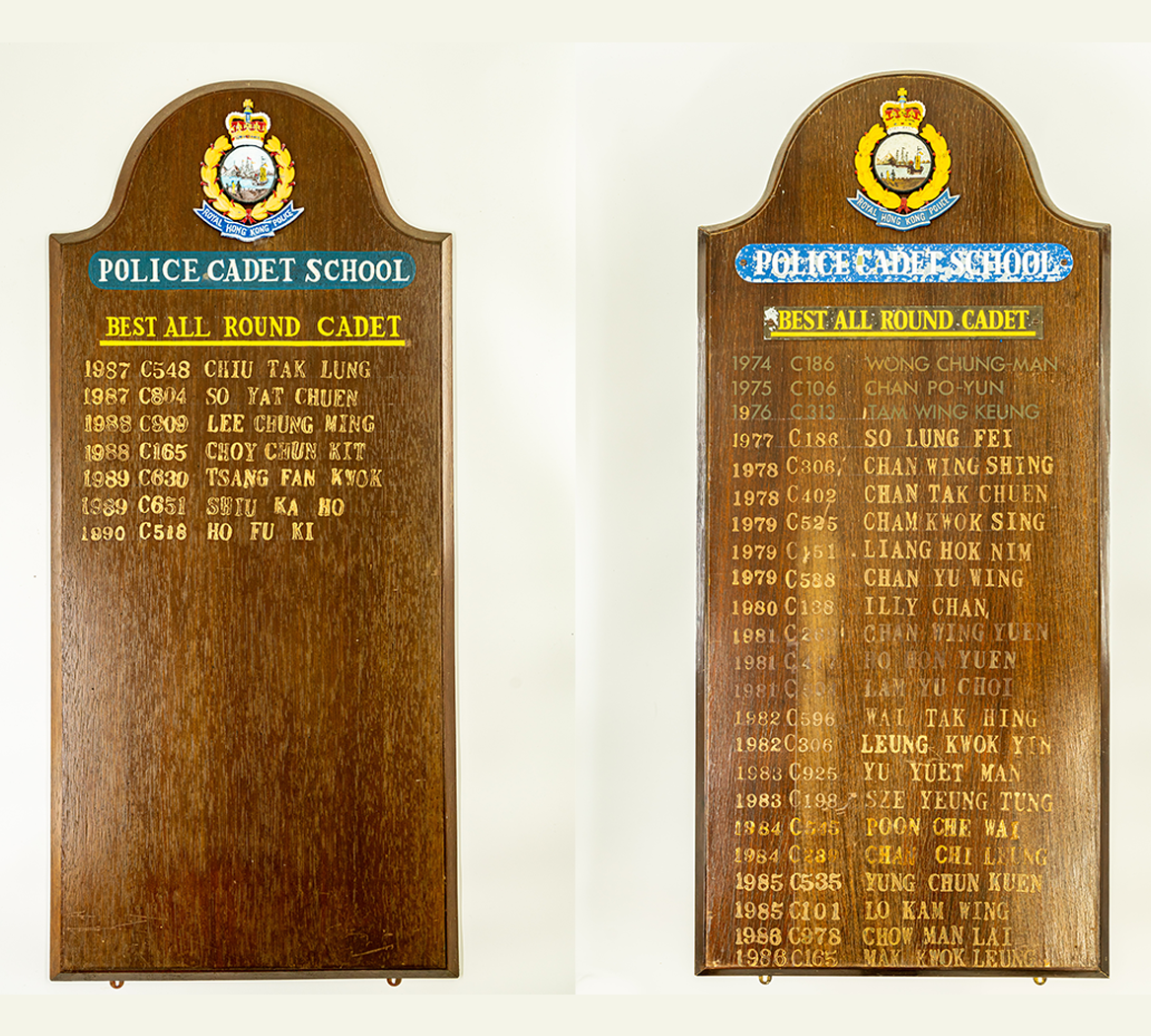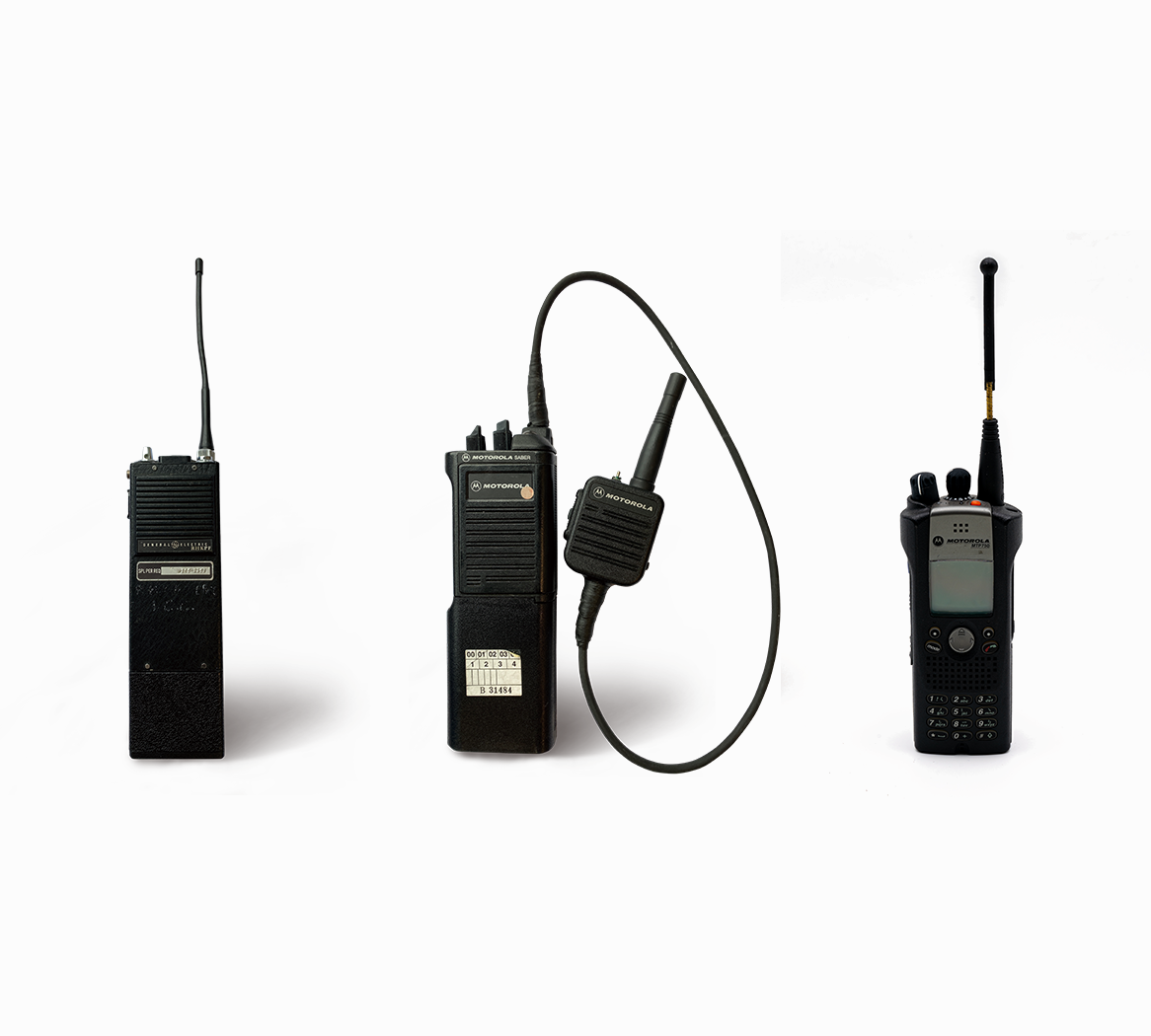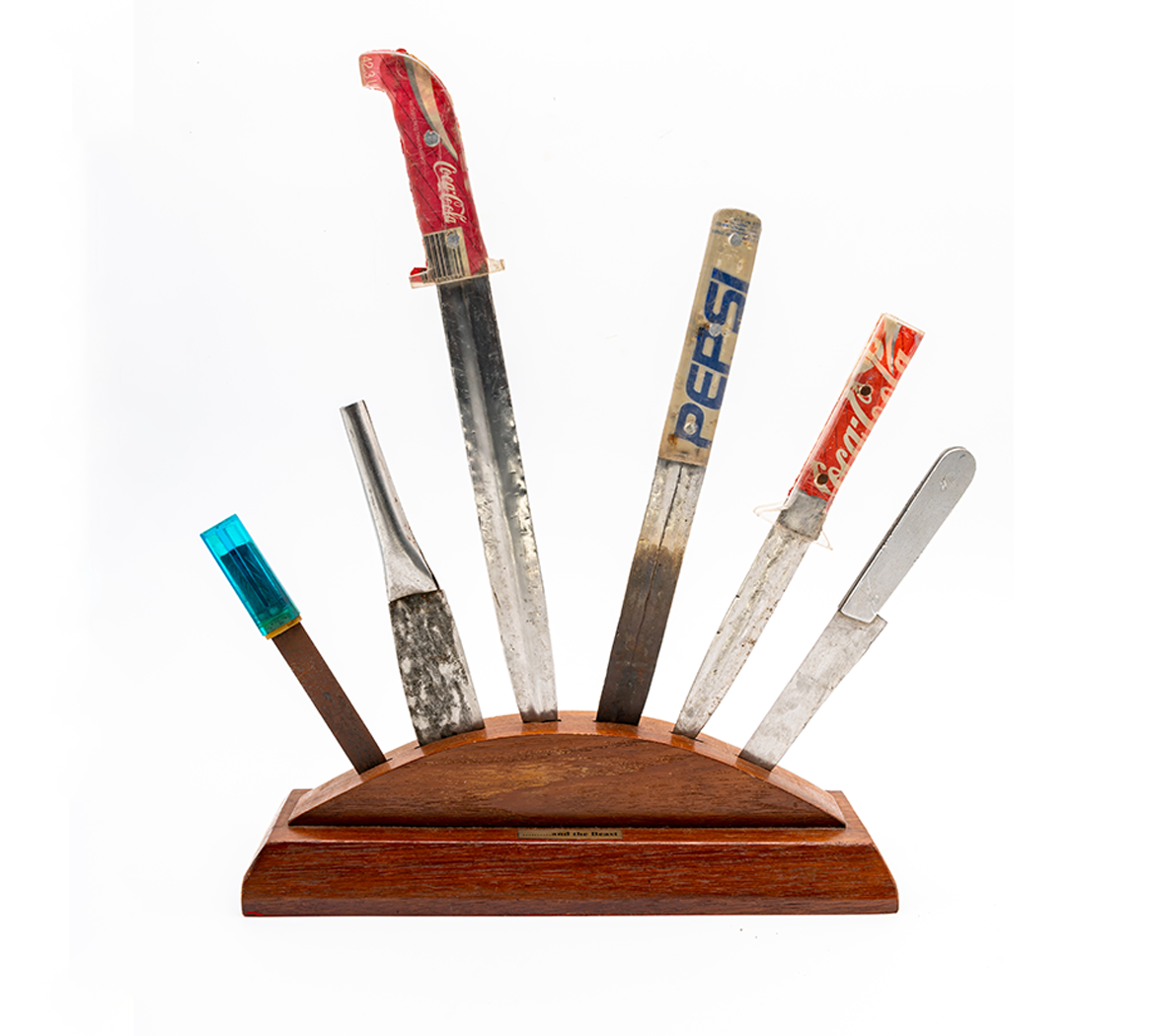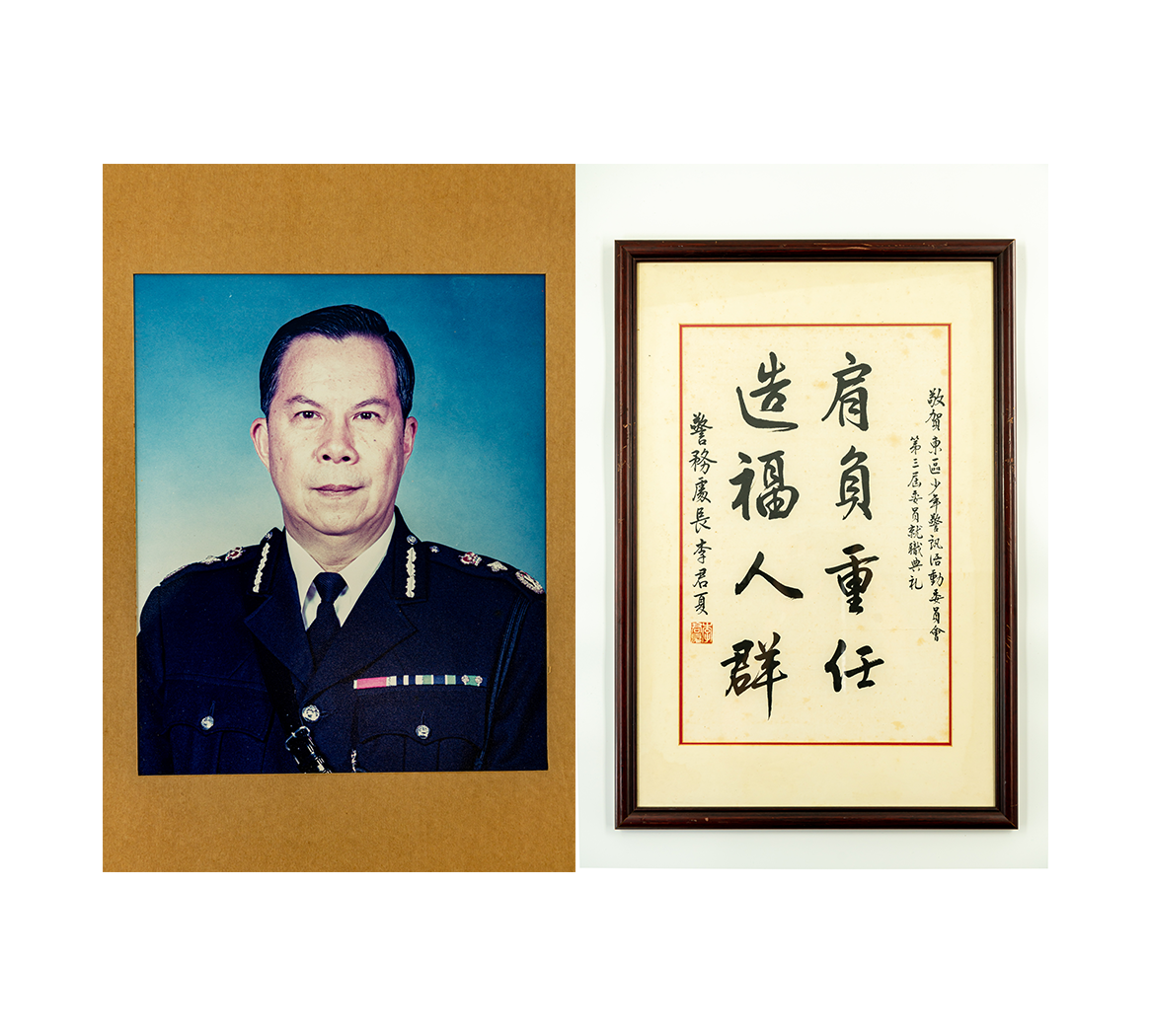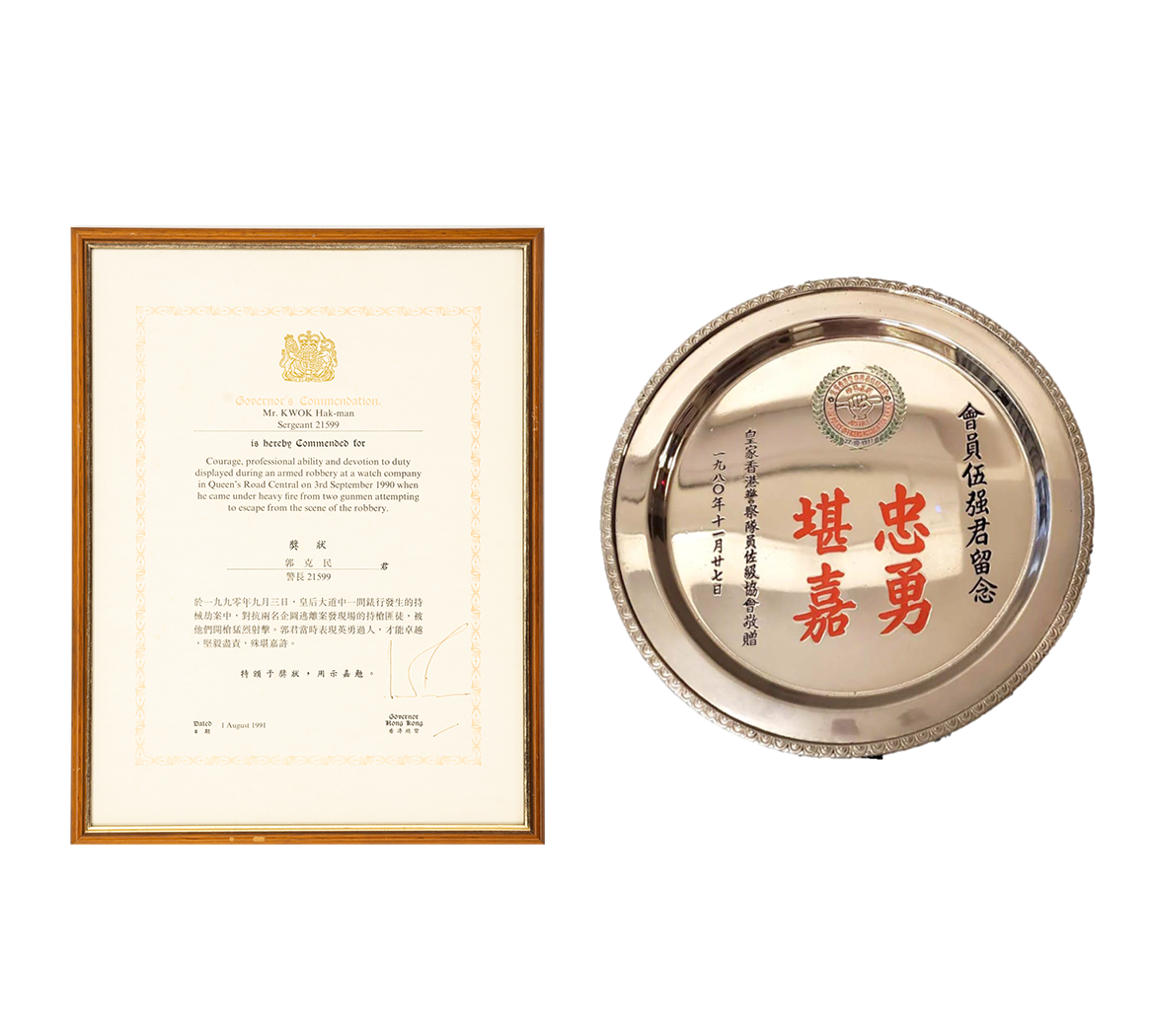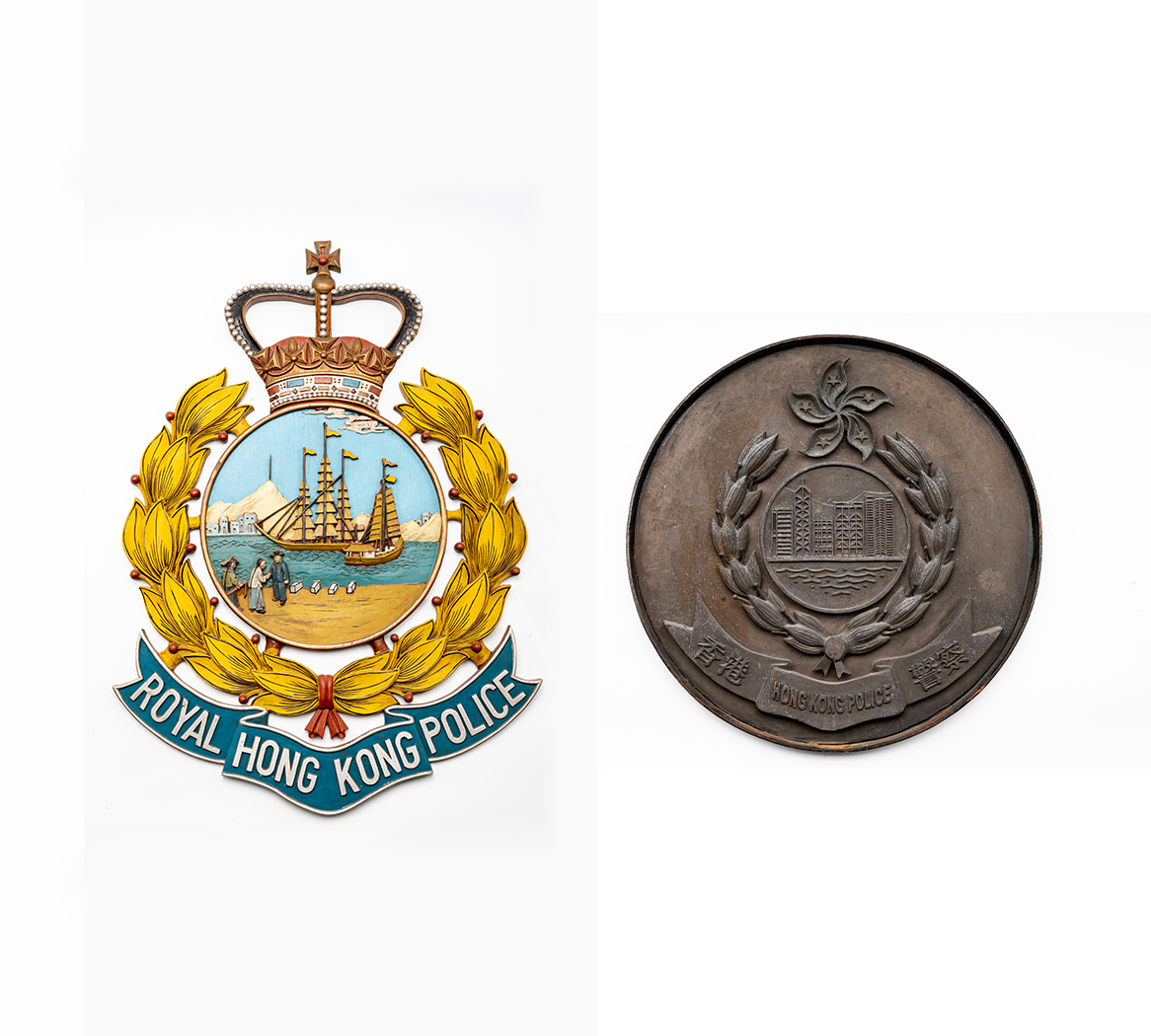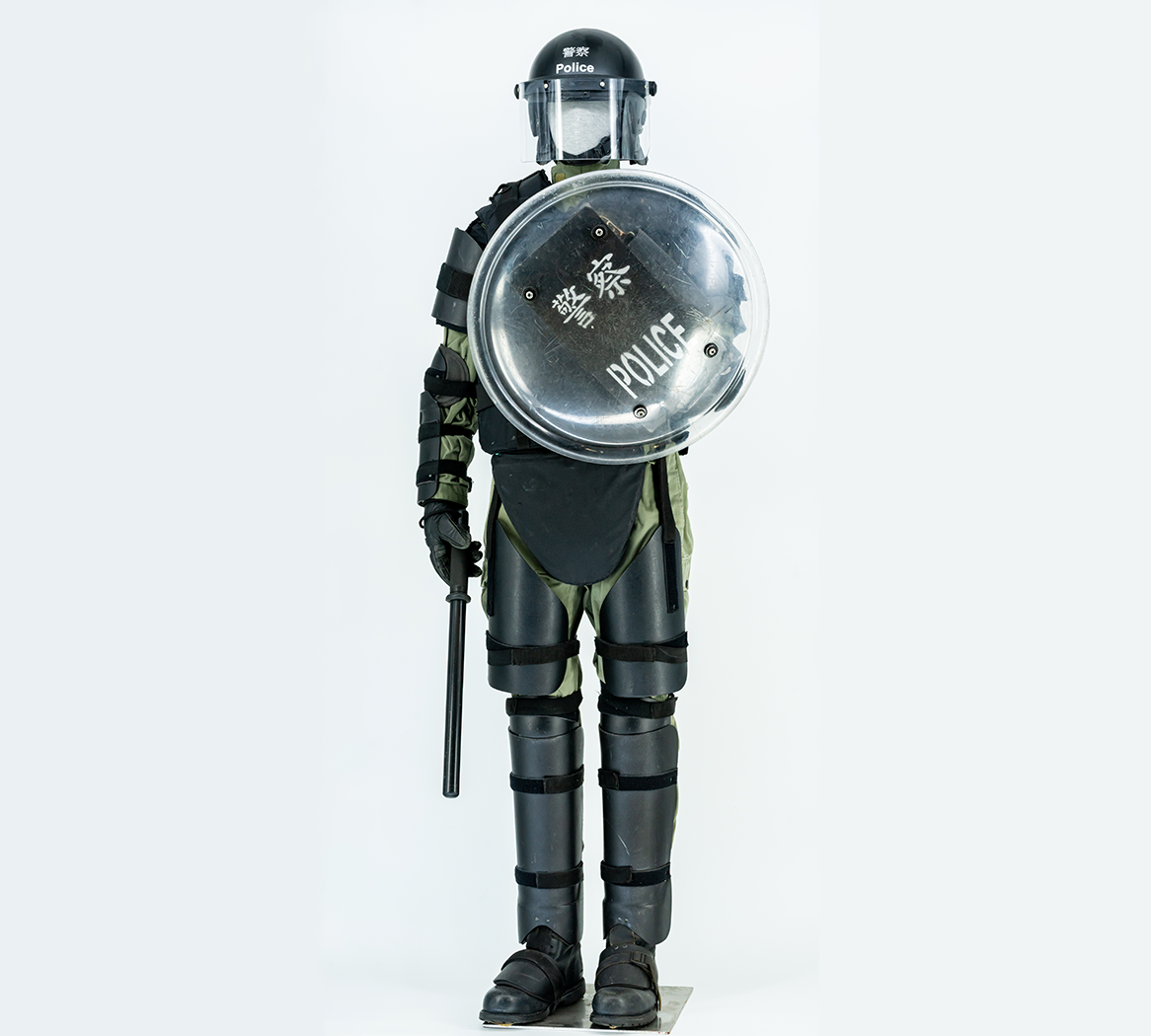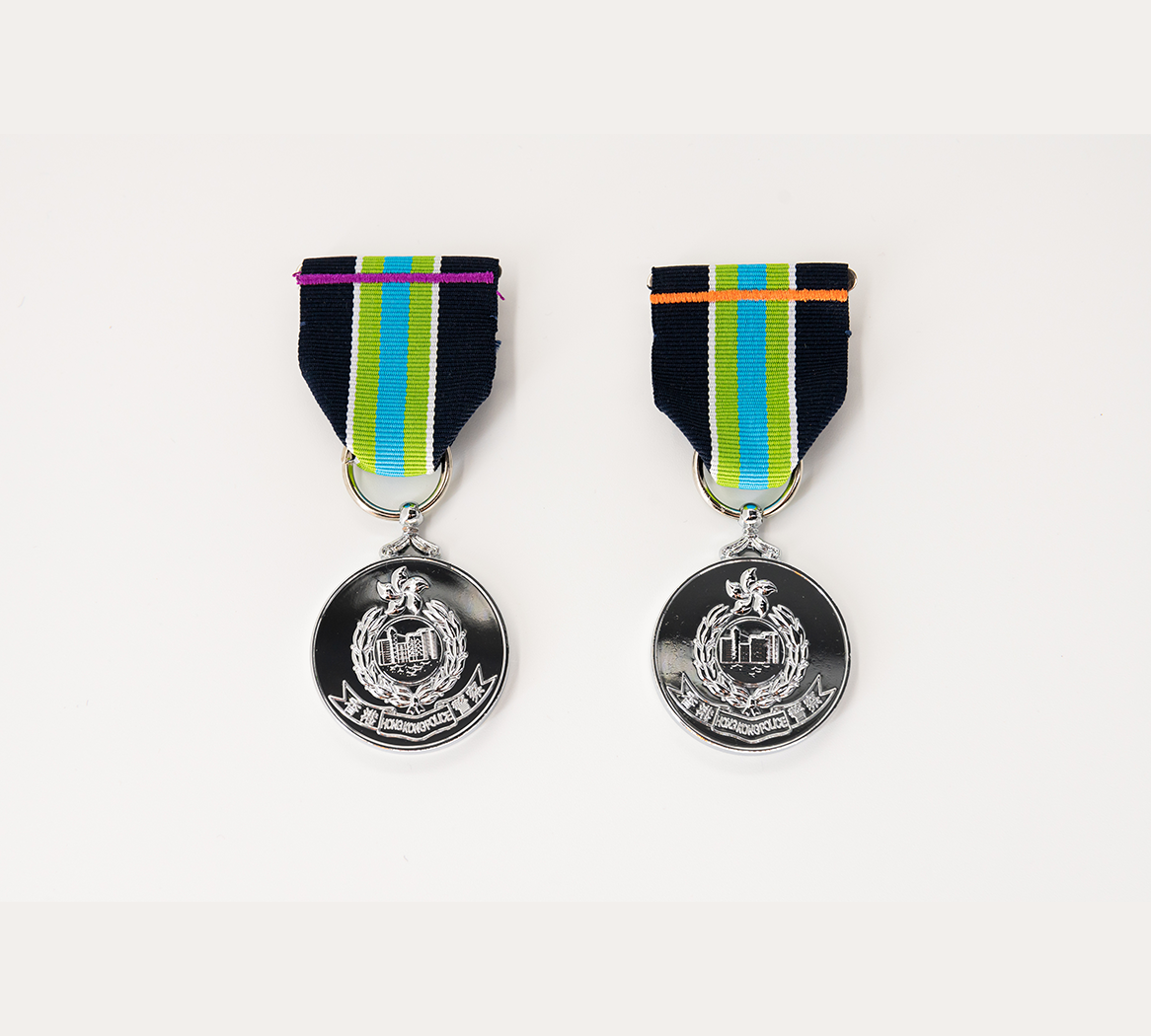Description
The Special Constable system was introduced in 1886, when the Peace Preservation Ordinance was passed to allow the Governor of Hong Kong to appoint an unlimited number of members of society as provisional “Special Constables” in times of emergency and shortage of manpower in the Force.
Before World War II broke out in Europe, Japan had already invaded China. In 1938, the Japanese troops moved southward, plunging Hong Kong into an instant crisis. In July 1941, John Pennefather-Evans, the then Commissioner of Police, set up the Hong Kong Special Constabulary, recruiting 3,000 Chinese men into the Force. The initial task of the constabulary was mainly to provide security against air raids. In September of the same year, the Government promulgated the Police (Militia Status) Ordinance, which ordered all regular police officers, reserve police officers and special constables to “execute missions like militias” in the event of war. They were stationed at rice stores and food storage areas to prevent riots such as rice robberies.
The Japanese air assault on Hong Kong began on the morning of 8 December 1941. The British defences in Kowloon and the New Territories were knocked down one after the other. In no more than five days, all defences were lost to Japan, and Hong Kong Island fell on 25 December. Later, some special constables joined underground organisations. They continued to fight against the Japanese army and risked their lives to gather military intelligence. In 1959, the Special Constabulary was merged with the Police Reserve to form the Hong Kong Auxiliary Police Force.
When violent demonstrations against the Fugitive Offenders and Mutual Legal Assistance in Criminal Matters Legislation (Amendment) Bill broke out repeatedly in 2019, the Hong Kong SAR Government invoked section 40 of the Public Order Ordinance empowering the Chief Executive to authorise the Commissioner of Police to appoint suitable members of various disciplinary forces to become Special Constables on a voluntary basis to help maintain law and order. The term “Special Constables” resurfaced.

